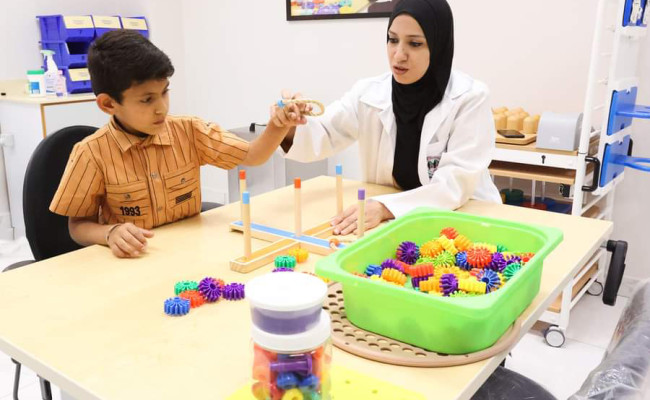Hormones have an important influence on the rate of tooth movement, and information on their consumption is essential to adequately discuss treatment planning with patients. Orthodontic tooth movement results from the response of the periodontal tissue to orthodontic force, which leads to modeling and remodeling of the surrounding alveolar bone. The response is considered to occur through the activation of specific signaling pathways, many of which are known, all acting to ultimately result in tooth movement. The rate at which tooth movement occurs is dependent upon the ability of these pathways to effect metabolism of bone by the two main cell types responsible for tooth movement: osteoblasts and osteoclasts. GH can affect craniofacial growth and tooth formation and eruption. Therapeutic administration of eicosanoids resulted in increased tooth movement, whereas their blocking led to a decrease. Corticosteroid hormones, parathyroid hormone, and thyroxin have all been shown to increase tooth movement. Estrogens probably reduce tooth movement, although no direct evidence is available. Vitamin D3 stimulates tooth movement, and dietary calcium seemed to reduce it. Bisphosphonates had a strong inhibitory effect. This article covers each aspect of hormonal influence on orthodontics.
Main navigation
- Main
-
About AAUP
Image


Give university
For those who wish to donate to the university, you can make your donations by filling out the donation form
-
Admissions & Academics
- Deanship of Admission and Registration
- Programs
- Prospective Student Admission
- Faculties
- Academic Quality
- Bridging to Bachelor's Degree
- Transfer to AAUP
- Visiting student
- Scholarships and Financial Aid
- Mobility and External Scholarships
- Tuition Fees and Costs
- E-Learning
- English Language Placement Test
- Academic Schedule
Image

Arab American University Library
A distinguished library at the local and international levels by providing all electronic and paper information resources.
-
University life
Image


Inspiring success stories from the Arab American University
Success represents the pinnacle of persistence in the face of failure. So, these are the success stories we will share with you that reveal the path taken by some of our university’s graduates.
-
University centers
- Center for Research and Polling
- Climate Change Center
- Conflict Studies Research Center
- Continuing Education Center
- Dental Center
- E-Learning Center
- Hassib Sabbagh Center of Excellence
- Heart Center
- Language Center
- Medical Center - Ramallah
- National Digital Transformation and Artificial Intelligence Center
- Prosthetics and Orthotics Factory
- Simulation Center
Image

Medical Rehabilitation Complex
-
Research
Image


Arab American University Awards
As part of the university’s efforts to support and encourage scientific research, there are a set of awards to encourage researchers to excel in their original and valuable scientific production
-
News & Media
Image


AAUP ACADEMIC CALENDAR
An agenda to show the the important dates such as semester dates, registration, exams, activities, events, and holidays.
